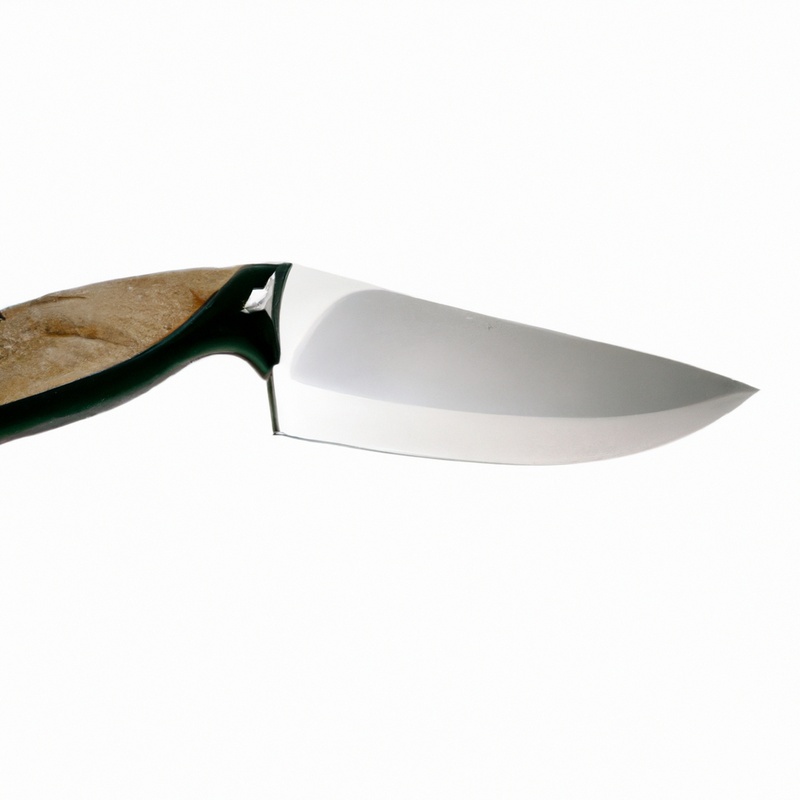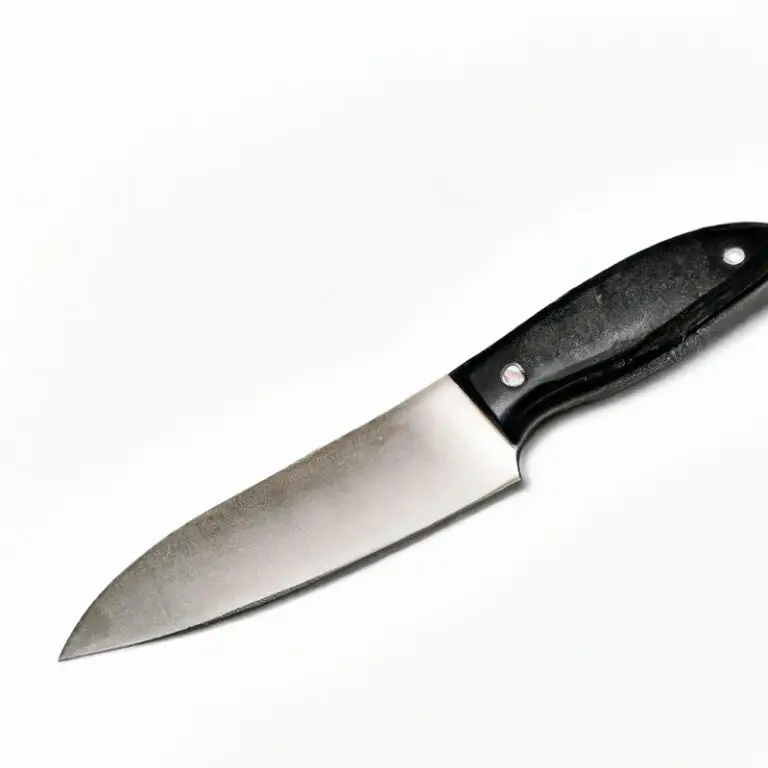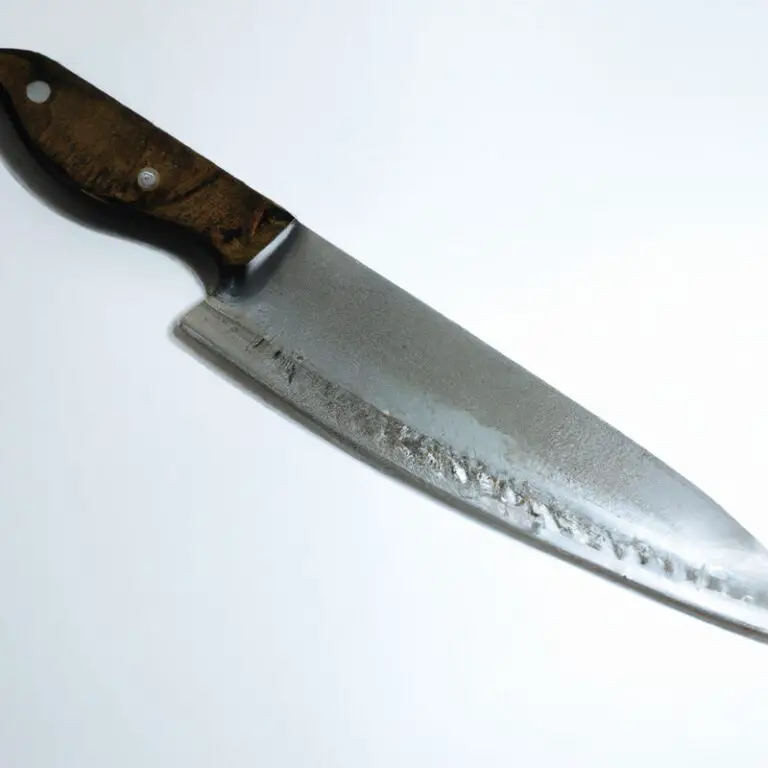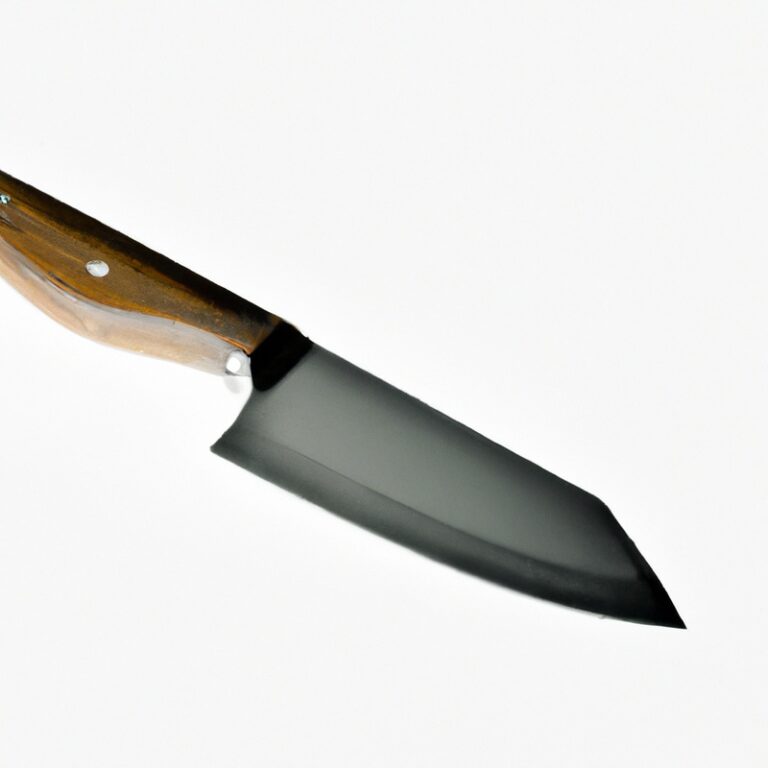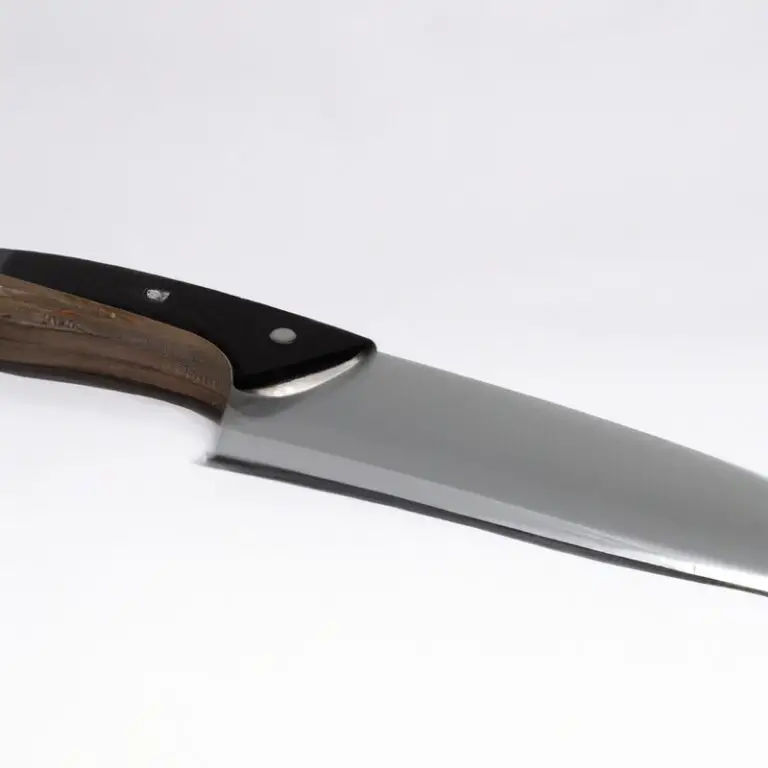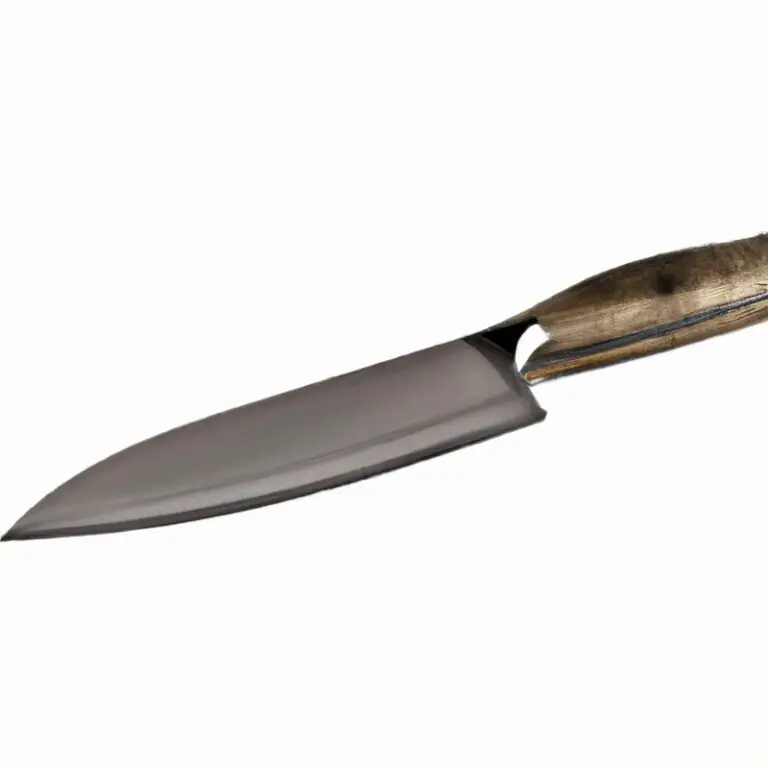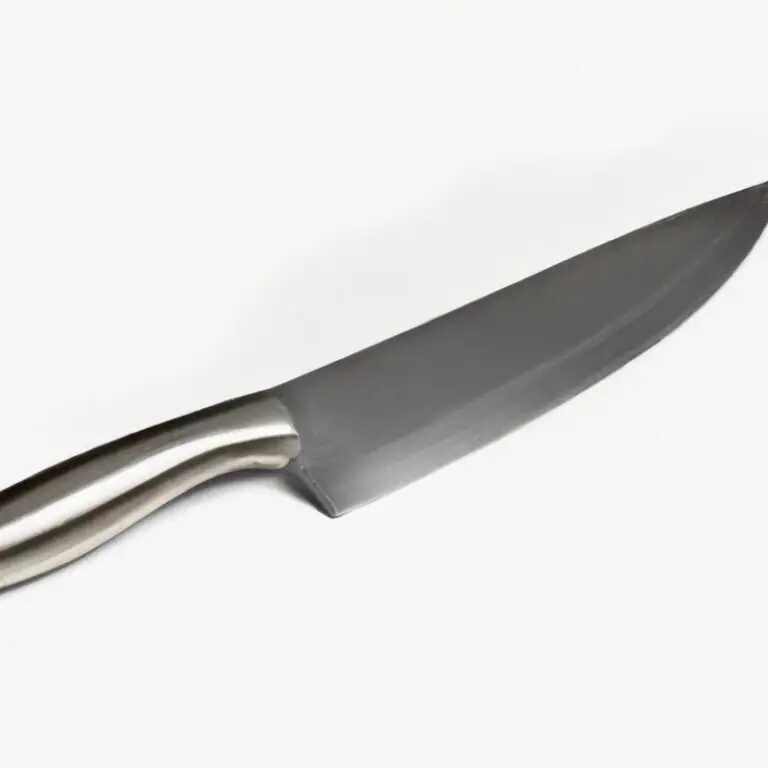How To Fillet a Blue Catfish Using a Fillet Knife? Master The Technique!
Key Takeaways:
- Use a sharp fillet knife to make clean cuts and reduce waste
- Remove the skin from the fillet by sliding the knife between the skin and flesh
- Be cautious of the sharp fins and spine when handling the fish
- Practice proper sanitation and hygiene when handling and storing the fish and fillet knife
Do you love eating fish but find the filleting process intimidating? Don’t worry! In this article, I’ll guide you through the step-by-step process of filleting a blue catfish using a fillet knife.
I’ll also provide you with tips on how to remove the bones from the fillet and avoid common mistakes that beginners make.
Additionally, I’ll share some ways to store and utilize blue catfish fillets, as well as safety precautions to take while using a fillet knife. So, put on your apron, grab your fillet knife, and let’s get started!
| Steps | Instructions |
|---|---|
| 1 | Pull out the catfish from the water and prepare a clean workspace. |
| 2 | Cut off the catfish’s head using a sharp fillet knife. |
| 3 | Making sure the blade of the fillet knife is sharp, start by making a cut behind the catfish’s gills and pectoral fin. |
| 4 | Turn your fillet knife along the top starting at the head. Fillet the fish up to the backbone. |
| 5 | Make a cut along the backbone down to the ribs, in order to free the fillet. |
| 6 | Use the knife to separate the fillet from the skin, starting from the tail end. This should be done in a back-and-forth motion. |
| 7 | Once the fillet has been separated from the skin, remove any remaining bones. |
| 8 | Repeat steps 3 to 7 on the other side of the catfish’s body. |
| 9 | Wash and dry the catfish fillets before cooking. |
Essential tools for filleting a blue catfish
To fillet a blue catfish, you’ll need a few essential tools. Firstly, a sharp fillet knife is crucial for making clean cuts.
A fish scaler or scraper will aid in removing scales, while long-nosed pliers will assist in pulling out bones.
A sturdy cutting board is necessary to secure the fish while filleting. Lastly, a container for discarded fish parts and a clean towel to wipe down your workspace are helpful to keep your workspace clean and organized.
Make sure to have all of these tools on hand before beginning the filleting process.
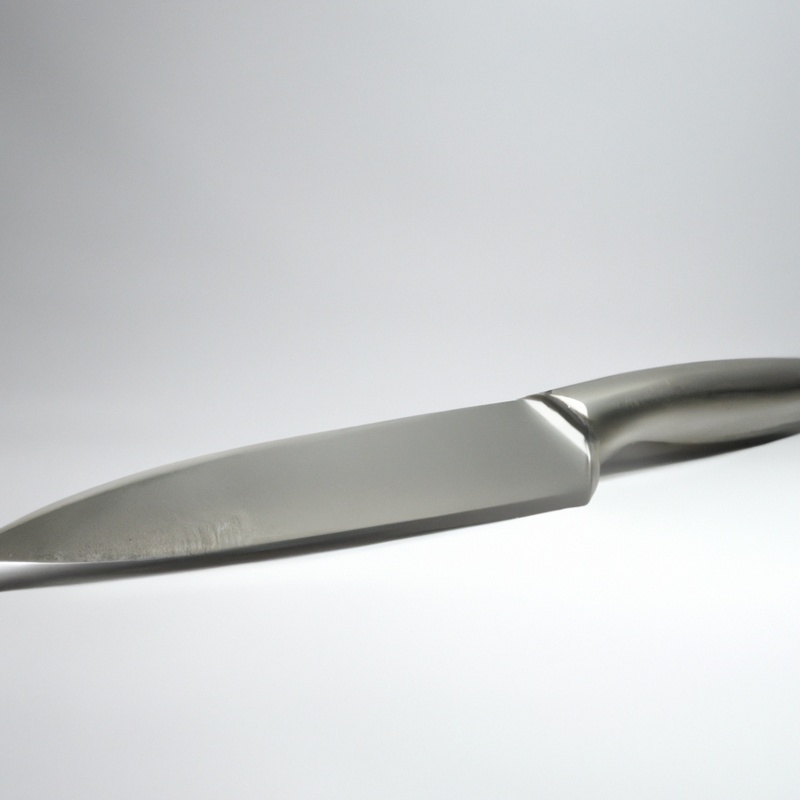
Preparing the blue catfish before filleting
Before beginning to fillet the blue catfish, it’s crucial to properly prepare the fish. Start by scaling the fish, removing any remaining slime, and cleaning the internal cavity.
Then, remove the head by placing the fish on a flat surface and cutting behind the gills with a sharp knife.
Next, gut the fish by making a small incision around the anus and carefully removing the internal organs. Rinse the fish again with cold water and dry it with a clean cloth before beginning to fillet.
Properly preparing the blue catfish ensures that the fillets will have a better taste and texture.
Step-by-step instructions for filleting a blue catfish with a fillet knife
Step-by-step instructions for filleting a blue catfish with a fillet knife:
- Begin by placing the catfish on a flat and stable surface. Make sure it is secured properly before starting.
- With a sharp fillet knife, make an incision at the base of the catfish’s head. Start from the top and cut down towards the belly.
- Follow the outline of the fish’s bones and make a cut from the head to the tail, just above the spine. Be careful not to cut too deep as this will perforate the intestines.
- Next, cut along the spine, using gentle strokes of the knife, holding onto the skin to keep the fillet in place. Move the knife from the head to the tail in a sawing motion, separating the meat from the bones.
- Once you’ve separated the fillet from the bones, turn it over and repeat the same process on the other side.
- After filleting, use a pair of pliers or tweezers to remove any remaining bones.
- Rinse the fillets well, removing any scales or loose skin.
- Your blue catfish fillets are now ready for storage, cooking, or freezing.
With these simple instructions, you can successfully fillet a blue catfish with a fillet knife. Remember to use a sharp knife, take your time, and be careful while filleting to avoid any accidents.
Tips for removing bones from the fillet
When it comes to removing bones from a blue catfish fillet, there are a few tips to keep in mind for a successful outcome.
- Use a pair of pliers or tweezers to grasp and pull out any remaining bones.
- Check the fillet carefully and run your fingers along it to feel for any remaining bones.
- Fillet in a well-lit area and take your time to avoid leaving any bones behind.
- Slice the fillet into smaller pieces to better locate and remove any remaining bones.
- If you are having trouble removing small bones, try using a butter knife or dental floss to gently work them out.
By following these tips, you can ensure that your blue catfish fillet is bone-free and ready for cooking.
Common mistakes to avoid while filleting a blue catfish
Common mistakes to avoid while filleting a blue catfish include using a dull knife, improper handling of the fish, and removing too much meat from the fillet. It is essential to use a sharp fillet knife to ensure a clean cut and prevent damaging the meat.
Holding the fish securely is crucial to avoid accidents and ensure precise cuts.
It is also important to follow the natural contours of the fish to avoid removing unnecessary meat and wasting the fillet. Avoiding these common mistakes will ensure a successful and enjoyable filleting experience.
Ways to store and use blue catfish fillets
After filleting a blue catfish, there are several ways to store and use the fillets. Here are a few ideas:
- Freezing: Blue catfish fillets can be frozen for up to six months. Place them in an airtight container or plastic sealable bag before storing them in the freezer.
- Grilling: Blue catfish fillets are perfect for grilling. Add seasoning of your choice and cook them for 5 to 7 minutes on each side over medium heat.
- Frying: For a delicious southern-style meal, fry the fillets in hot oil until they are golden brown on each side.
- Baking: Place the fillets in a baking dish, add your favorite toppings, and bake in the oven for 20-25 minutes.
- Poaching: Bring broth or water to a simmer, add the fillets, and let them cook for 8 to 10 minutes. Poached blue catfish fillets are great for making fish tacos.
To keep the fillets fresh, it is recommended to use them within 2 to 3 days of refrigeration. Remember to store them in an airtight container or plastic sealable bag before refrigerating.
With these easy ways to store and use blue catfish fillets, you can enjoy them in a variety of dishes.
Safety precautions to take while using a fillet knife
Safety precautions are crucial when using a fillet knife to avoid accidents and injuries. It is essential to keep your workspace clean and free of clutter to avoid tripping and ensure proper footing.
Always keep your fingers and hands away from the blade’s path, keeping them in a curled position while holding the fish.
Use a sharp fillet knife to prevent slips, which can result in cuts and bruises. Keep the blade away from your body while cutting, and never use it as a can opener or screwdriver.
Clean the blade regularly and store it safely to avoid accidental cuts.
Always wear cut-resistant gloves and protective eyewear while filleting to protect your hands and eyes from cuts and debris. Finally, never be afraid to ask for help or take a break if you feel fatigued or unwell.
Troubleshooting tips for potential filleting challenges
Even the most experienced fisherman may face some challenges while filleting a blue catfish. Here are some troubleshooting tips to help you overcome potential challenges:
- Removing skin: If the skin of the fish is not coming off easily, try using a paper towel for a better grip. You can also try cutting through the skin first, and then using your knife to separate it from the flesh.
- Cutting through bones: If you accidentally cut through some bones while filleting, use your pliers to remove them. Alternatively, you can use your knife to scrape the bones out.
- Dealing with small bones: Small bones can be a nuisance while eating fish. To remove them, use a pair of tweezers or needle-nose pliers. Run your fingers along the fillet to locate the bones and carefully remove them.
- Filleting larger fish: If you are filleting a larger fish, use a sharp, sturdy knife to prevent slipping. Take your time and make clean, steady cuts to avoid any mishaps.
By following these troubleshooting tips, you can avoid common filleting challenges and ensure that you end up with perfect fillets every time.
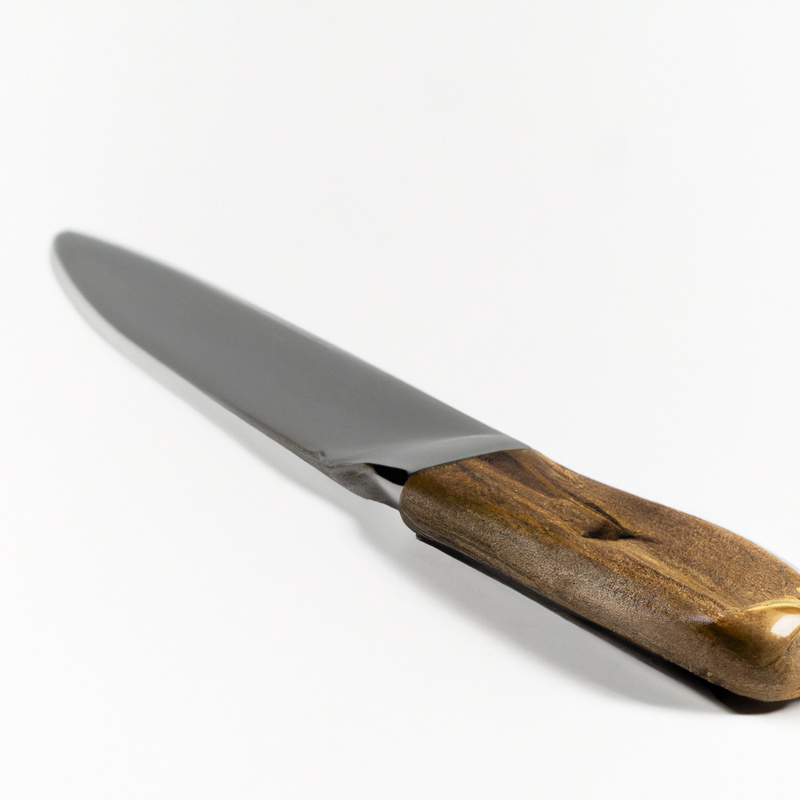
Cooking ideas for blue catfish fillets
Cooking Ideas for Blue Catfish Fillets: Blue catfish fillets are a popular and delicious seafood dish. Here are a few cooking ideas to help you make the most of your fillets:
- Grilled Catfish – heat up your grill and cook the fillets on high, for about five minutes on each side, until the meat is firm and opaque. Season the fillets with salt, pepper, and lemon juice to taste.
- Pan-Seared Catfish – season the fillets with salt and pepper, then coat them in flour before frying them in a pan with oil until they are crispy and golden brown.
- Catfish Tacos – grill or pan-sear the fillets, then serve them in tacos with fresh avocado, salsa, and lime wedges.
- Catfish Chowder – add catfish fillets to a pot of creamy chowder to give it an extra depth of flavor.
- Blackened Catfish – rub the fillets with a blend of spices like paprika, garlic powder, and cayenne pepper, then cook them on a hot griddle or in a cast-iron skillet until they are blackened and crispy.
With these ideas, you can experiment with different flavors and cooking methods to find your perfect catfish dish. Enjoy!
Additional techniques for preparing blue catfish
In addition to filleting, there are several other techniques for preparing blue catfish. One popular method is to skin the fish before cooking.
This involves removing the tough outer layer of skin from the fillet.
To do this, use a sharp knife to slice between the skin and the flesh of the fillet, starting at the tail and working towards the head. Another technique is to marinate the blue catfish fillets before cooking.
Marinades can help to infuse the fish with flavor and tenderize the meat.
There are many different marinade recipes available, but a simple option is to mix together olive oil, lemon juice, minced garlic, and your choice of herbs and spices. Grilling is also a great option for preparing blue catfish.
Brush the fillets with oil and season with salt and pepper before placing them on the grill.
Cook for 5-7 minutes on each side, or until the fish is firm and opaque. Finally, you can also try breading and frying the blue catfish.
Dip the fillets in a mixture of flour, egg, and breadcrumbs before frying them in hot oil until golden brown.
Serve with your favorite dipping sauce for a delicious and crispy meal.
Final Verdict
Filleting a blue catfish with a fillet knife might seem daunting at first, but with the right tools, preparation, instructions, and safety precautions, it can be an enjoyable and rewarding process. By following the step-by-step guide and avoiding common mistakes, you can produce boneless, skinless, and delicious fillets that can be stored and used in various recipes.
Remember to respect the fish, its environment, and the resources it provides, by using sustainable and responsible practices.
As an expert, I am confident that these techniques will help you achieve your filleting goals and inspire you to discover new ways of preparing blue catfish. Thank you for reading and happy filleting!

